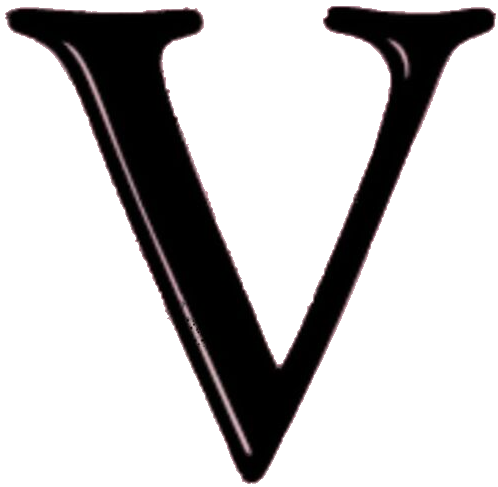Behind the Ride - Jurrasic Park
- The Five News

- Nov 12, 2019
- 3 min read
📷
The new Jurassic World ride is currently open at Universal Studios Hollywood! It was announced that the Jurassic Park ride would be closing in September 2018. The animatronics on the Jurassic Park ride had been seeing a lot of wear, with slower movements and many effects not working, such as the falling car. Today we will take a look back at the making of the Jurassic Park ride, in celebration of the new ride.
The idea for the ride started three years before the movie went into production, and before anyone knew what a technical milestone the film would become.
One of the first problems was: "What kind of ride do you make Jurassic Park?"
They decided on a boat ride. Universal didn't have a boat ride at the time, and it would have thrills, big drops, and a high capacity.
They enlisted the most experienced designers in the world of theme park attractions and began development on the ride.
📷
It started off as drawings and sketches on paper. They had created an amazing 500 sheets of drawings and specifications for the ride. Once they established the concept they worked with architects to develop the visual models and started building models.
They made the models at eye level so that they were able to walk through and see with your own eyes what you could see on the boat itself.
The ride designers built their own mountain, planted their own Costa Rican jungle, produced a cascading waterfall, and duplicated spectacular moments from the film.
📷
The soundtrack takes a very important role in the ride. They took the original sounds that were created for the actual film and put them into a digital editor and changed them to match the actual animation for the ride. The sound designers made a computer simulation of the ride to match sounds up perfectly with the animations.
The biggest challenge came when they had to make a full dinosaur to put in front of the guest. Because of editing and camera angles, the film was able to mix robotic dinosaur parts with computer editing. The ride could not use these tricks since all the dinosaurs had to be a complete life-size robot dinosaur, and move in the natural style of the computer animation.
They did not have to worry about durability while making the film dinosaurs, however, the dinosaurs on the ride had to be able to perform complicated movements without problems and be able to perform them over and over again, and last 16 hours a day every day - all year long.
On top of the durability problem, the ride dinosaurs also had to keep up their appearances. They had to look realistic from all sides.
📷
The difficulty was further complicated by water. The whole ride was on water and all of the dinosaur animatronics had to be near or even in the water. Water and animatroniccs were not usually compatible.
The ride designers forged new ground with the help of Sarcos industries, an aerospace firm, who first made their mark in a slightly different field. Sarcos industries developed an artificial arm for amputees, and it was just the first in a long line of state of the art robotic contraptions the company developed, not only for medical, but also for high tech concerns, like the space program. When the entertainment business saw that they wanted them to do the same thing for some of their robots.
📷
The creation of every dinosaur was a painstaking multi-layered task. They started with drawings based on the park requirements and what they needed and what the animal does.
📷
Then they sculpted a maquette, which is a scale model of the anatomy of the particular dinosaur they are working on. This was their reference to make a full scale version made out of foam. The full scale body sections are then intricately carved to show realistic skin folds and wrinkles. Each section is then covered with layers of oil-based clay and silicone. This serves to make the mold from which the final skin is made. The skin is then fitted onto its robot and painted.
📷
Finally, the animatronics had to have good movement. Everything has to be very fluid and very animal like. They programmed them and controlled the speed and how fast or soft they wanted to move it. They put different actions into the animatronic and it evolved into a good animatronic.
They created a drop that was identical to the one on the ride to test it out. They wanted to find out what the drop felt like and test the speed of the drop. The boats are plunging 82-84 feet straight down in the pitch dark. The boat reached speeds of almost 50 miles an hour and it collided with the water and created a 40-foot wave.
The ride structure and drop is expected the same for the new ride, 'Jurrasic World' but it's certainly a whole new experience!




Comments